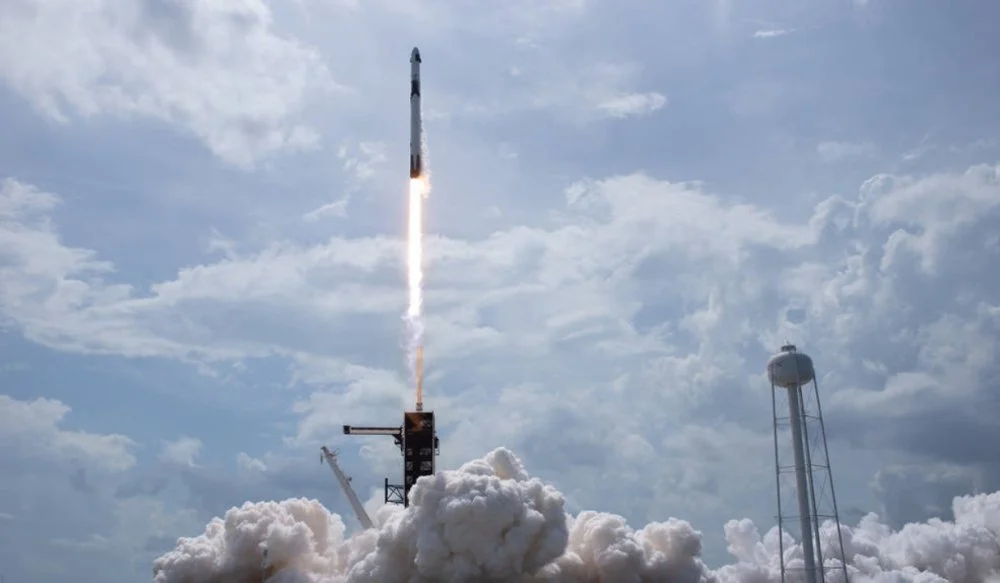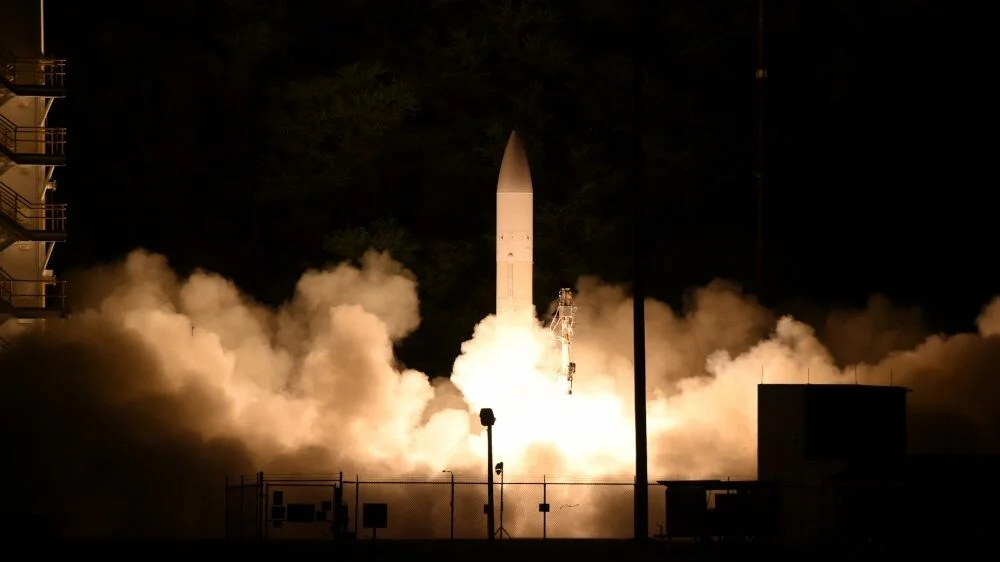Lockheed Martin clinched a substantial $17 billion contract from the U.S. Missile Defense Agency to develop the Next Generation Interceptor (NGI), marking a significant step in bolstering America’s defense against potential intercontinental ballistic missile (ICBM) attacks.
This initiative aims to counter existing ballistic missile threats and anticipate future technological advancements from nations like North Korea and Iran.

The NGI program, part of the Ground-Based Midcourse Defense (GMD) program, seeks to modernize the nation’s defense infrastructure, including radars, interceptors, and associated equipment, important for safeguarding the U.S. from ICBMs. The initial operational interceptor is projected to be ready by 2028.
Lockheed’s triumph in securing this contract comes amidst other developments in the defense sector.
As the U.S. considers reducing orders for the F-35 aircraft and the abandonment of the Future Attack Reconnaissance Aircraft project, Lockheed’s success with the NGI contract provides a boost to its portfolio.
The NGI project, transitioning from technology development to product development in May, involves the acquisition of 20 interceptors for deployment in Fort Greely, Alaska.

This significant investment underscores the U.S. government‘s commitment to enhancing its missile defense capabilities.
Despite challenges such as supply chain disruptions impacting the defense contractor’s aeronautics segment, Lockheed remains resilient.
The company’s strategic focus on defense contracts aligns with the broader geopolitical landscape, characterized by heightened tensions and increased demand for military equipment.


















